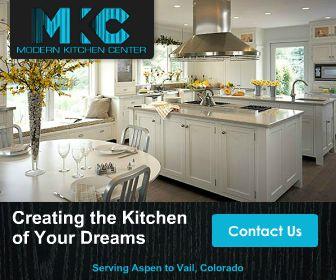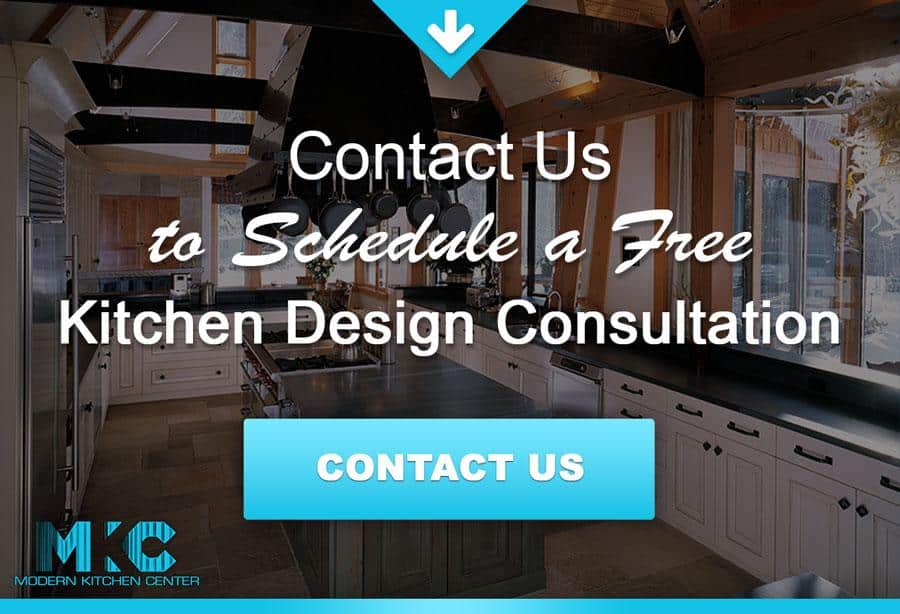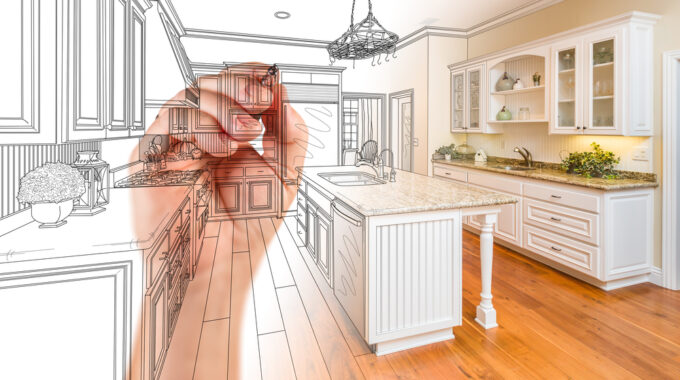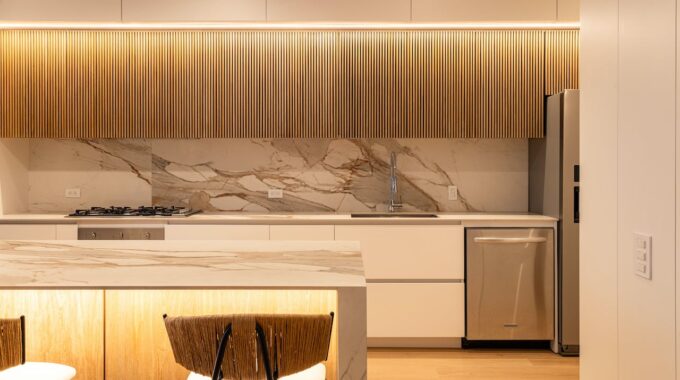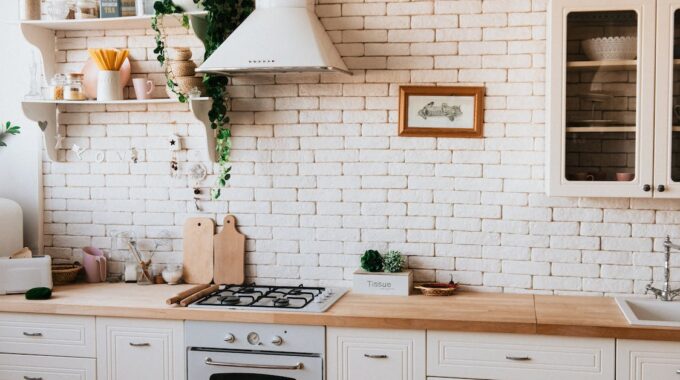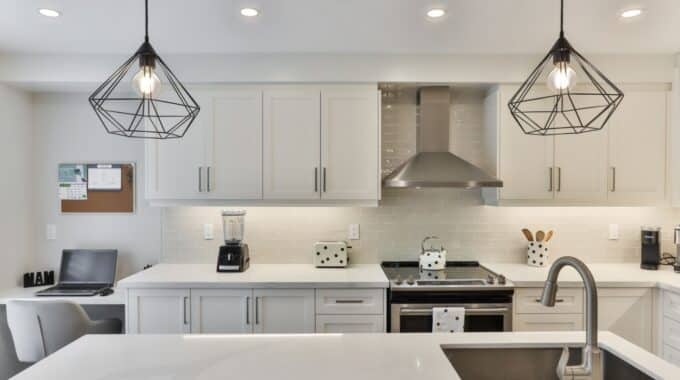
Everything You Need to Know before Remodeling Your Kitchen
Renovating a portion of your house can add significant value to your home’s market worth. Adding a new kitchen or renovating the one you already have might increase its value by as much as four percent. You should give it some serious thought because it’s so crucial to potential purchasers.
The kitchen is considered the heart of the home. It is the place where meals are cooked, and families come together. As important as it is to renovate your kitchen, it is not an easy task. You will require serious consideration. In fact, if it is your first time getting your kitchen renovated, you’re probably more nervous than ever.
That said, here’s everything you need to know before remodeling your kitchen.
Remodeling Your Kitchen
The following are some of the fundamentals you must be familiar with before starting your kitchen renovation:
1. Establish a Goal
Make a list of your goals, objectives, and possibilities before you start swiping hammers. You need to know why you’re doing the redesign in the first place to obtain the best possible return on your investment in your kitchen. You need to keep tabs on updating fixtures, reorganizing your space, determining which appliance to go where, and enhancing the room in the best possible way.
You should ask yourself some difficult questions before hiring a professional. A decent place to begin is this list.
- What’s driving your decision to redo the kitchen?
- What are you replacing your kitchen with if they’re old?
- Do you want to try something new?
- Are you looking for new features to add and make the room more livable?
- Do you want to increase the market value of your property, or are you planning to stay here forever?
- Do you have guests over often and need a kitchen to accommodate your lifestyle?
- Are you in the market for new appliances? Is there going to be any more plumbing? Is there a new electrical system?
A chef’s kitchen would be ideal for someone who cooks frequently. Make sure you’re getting what you need out of the present arrangement. Decide whether or not a modest facelift will do or would a complete gut and redesign be required. Come to a decision that best suits your needs.
2. Set Your Budget
Do you have a spending limit or budget in mind? Before you start redesigning your kitchen, you need to determine your budget. Set a reasonable spending limit and stick to it.
Consider the worth of your home before you begin redesigning your kitchen. If your house is only worth $200,000, it’s a waste of money to spend $20,000 on a high-end new kitchen. Similarly, if you remodel on a shoestring budget, but your house is worth $500,000 or more, you run the risk of depreciating it.
Before you start buying things, do some research and estimate the cost because you can only start designing the kitchen of your dreams after the financial details of your project are in place.
There is a national average cost for a comprehensive, mid-range kitchen makeover of $66,000. An upscale remodel can cost as much as $131,000, on average. According to Homeadvisor.com, cabinets and hardware, installation, appliances, and ventilation make up the majority of the price. A comprehensive redesign doesn’t always increase a home’s worth when it’s time to sell. On average, home sellers only recoup approximately 60% of the remodeling costs.
For kitchen improvements, you should work smarter, not harder. If you want to create a significant effect without spending a lot of money, leave the layout as it is. Keep the arrangement the same so that you don’t have to move any significant hook-ups, saving you money in the long run.
3. Invest in New Kitchen Appliances
Carefully consider the new kitchen appliances you’ll need. When it comes to kitchen remodeling, it’s not uncommon for homeowners to put off purchasing new appliances until the last minute. As a result, you may have to settle for lower-quality products because of a lack of funds or unanticipated charges. Going cheap on appliances could wind up costing you more in the long run. Therefore, it’s crucial to plan your purchases carefully.
You should consider the following factors while purchasing the kitchen appliances:
- Quality
- Durability
- Energy efficiency
- Dimensions
- Specifications
- Ease of use
- Adaptability
The amount you should spend on new kitchen appliances isn’t set in stone. The quality and variety of appliances you choose will rely on your overall financial situation. The use of appliances that are permanently installed in the kitchen is a great way to save space. Your kitchen will have a more seamless look and feel with custom-made cabinets because they will be tailored to match your space. New appliances should account for around 20% of your total expenditures.
Before you begin designing your kitchen, look at the size of all of your appliances. While width and height are critical, don’t forget about depth. It’s easy to overlook, yet it can lead to serious consequences. Be sure to leave enough space around refrigerators to open and close and for air to circulate around them.
Moreover, new appliances are more energy-efficient each year when they are updated. Look for comparable notations of efficiency for tax benefits, energy savings, or if an electrician is needed to update your circuit to accommodate new appliances.
4. Invest in an Ideal Vent Solution
Cooktops, stoves, and ovens require some form of exhaust venting. Don’t forget to include a vent. You can go for a range hood or a downdraft vent. You will most likely need the help of a contractor if you don’t have an existing vent system or need to install a new one. Faulty or nonexistent vents might impede the proper outlet of hot air, culinary odors, and smoke. Ideally, the exhaust from a vented range hood will exit through the roof or an external wall.
Even though you might be tempted to go with a typical deck-mounted faucet, it’s best to go with a wall-mounted tap because it has a tremendous impact. You’ll be able to keep your sink area cleaner and drier without going through much trouble.
5. Don’t Ignore the Unsexy Aspects
You can make or break a project based on the unsexy aspects. The tiniest details can have a significant impact. Be careful to think about every aspect of your new kitchen design, from the backsplash or tiles to the faucet. Choosing the suitable material for your kitchen island, breakfast bar, or countertops is also vital. Caesarstone is a good choice of material. They look great, are simple to maintain, and last a long time.
Remember to include ventilation and outlets in your design and the significant components like tiling and countertops. You should not cook in a kitchen that fills up with smoke or needs you to use the mixer on a countertop.
6. Consider the Kitchen Floor Plan
Whether you have purchased an older home with an out-of-date floor or are starting from scratch, choosing a kitchen floor plan is necessary. When remodeling your kitchen, even if you think you have outgrown geometry, it’s still important to know the fundamentals of the subject if you decide to change the layout.
You must give thought to where each component will go in your redesign. It is imperative to consider this step for adding or changing electrical settings or plumbing systems. Many things need to be taken into consideration while moving a sink throughout the house. Electrician work and materials are required to install more outlets in your new location.
Determine where each feature should go, and apply a tried-and-true design principle to help with the decision-making process. Since the building rumble of the 1950s in the United States, this notion has been referred to as The Kitchen Triangle or The Golden Triangle. It says that your key use items, such as the refrigerator, sink, and stovetop, should create a triangle. The triangle’s sides should add up to between 13 and 26 feet, with each leg measuring between 4 and 9 feet long.
Work areas that get a lot of traffic should not be too near together, nor should they be too distant. Even though some designers condemn the approach and regard it as obsolete and ineffective in dealing with new kitchen technology, the positive effects are undeniable. Even now, some 80 years after its inception, the Golden Rule is still being followed in the construction of kitchens.
Cooking for a big family requires proper kitchen arrangements. You should notice and work on any electrical or plumbing adjustments that might be necessary to get the most out of your new kitchen.
7. Decide on a Color Scheme for your Kitchen
If you plan to put your home on the market soon after remodeling, neutral colors are the best option. White kitchen cabinets are a popular choice for prospective purchasers because they appeal to a wide range of preferences and appear clean and bright.
On the other hand, if you’re doing it for yourself instead of for the sake of resale, there’s a greater margin for innovation. Pick on a style for your overall appearance. Go for a luxurious Italian-style kitchen if it appeals to your taste. You can also opt for a more contemporary look. The color palette will be determined by the look you are going for.
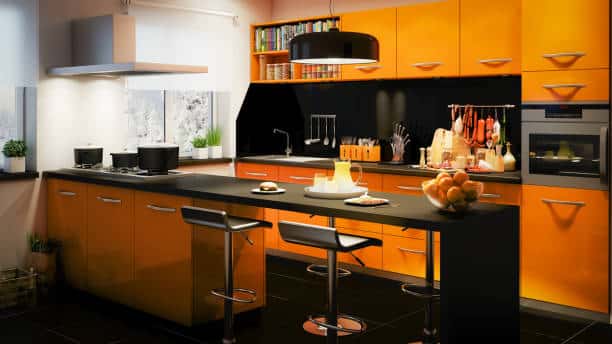
8. Think about How You Can Best Utilize the Area
The butler’s pantry is a prized commodity with its many hiding places. Kitchens with more storage space are often superior to those with less. If you have a big family, you will appreciate storage areas more. It’s always worthwhile if you have the space.
If you’re on a tight budget, think about how you might make the most of the space you have. You can save room in your kitchen by installing built-in appliances that blend in with the rest of the design. If you want the best built-in appliances, you should look for ones with a sleek, modern design with the newest technology.
A slimline dishwasher is ideal if you’re low on counter space. A washer/dryer combo saves even more room because it eliminates the need for two separate machines. Similarly, you will require more effort cleaning a double-bowl sink than a single-bowl sink.
It’s true that a single-bowl sink has a cleaner aesthetic and is easier to accommodate in a little bathroom. Instead of washing dishes one at a time, a double-bowl sink lets you divide and conquer, allowing you to wash vegetables separately from dirty plates while still having easy access to the disposal.
Final Words on Remodeling Your Kitchen
And that’s everything you need to know before remodeling your kitchen. A kitchen redesign is a huge undertaking. It is the one area of your home where you should feel most secure. Therefore, you should take this into consideration when deciding whether or not to stay in your home during the reconstruction.
You’ll likely be unable to cook, run water, clean dishes, and keep food normally during the course of your kitchen remodel. A complete makeover can take anywhere from two to four months or even longer to complete. Therefore, you should have a backup plan for cleaning dishes in the bathtub or sink, keeping food in a cooler or another fridge in case of power outages, and being ready to deal with the stress of a construction zone.



